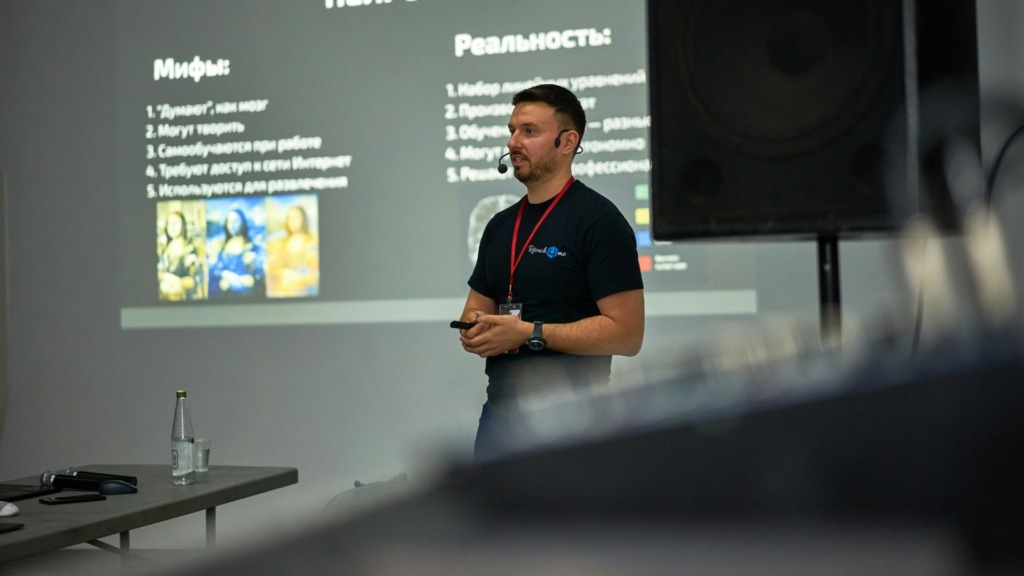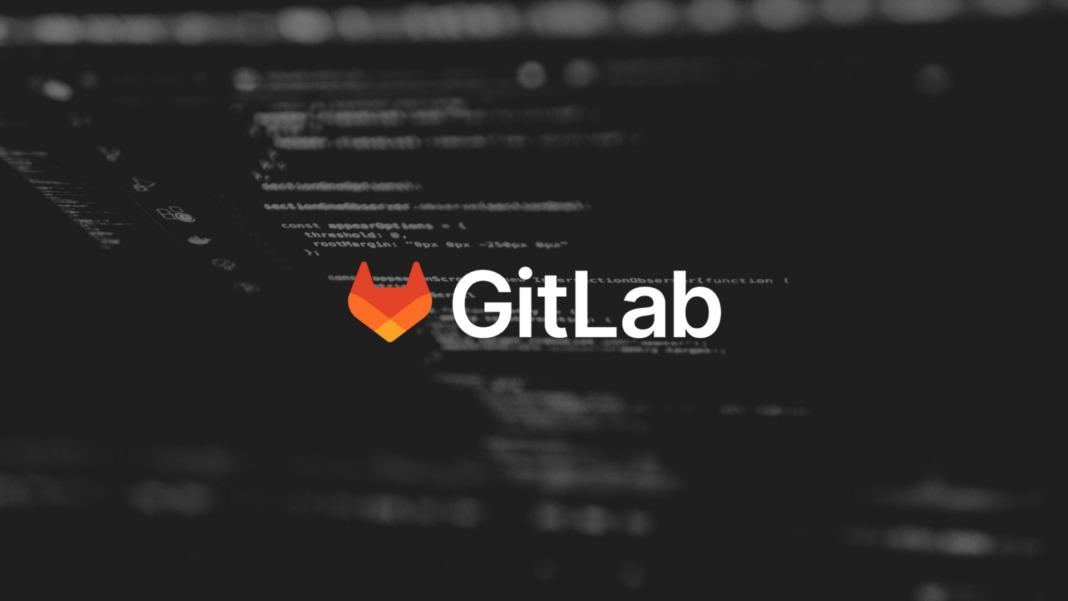Software development in 2025 is not what it used to be. A growing wave of generative AI tools is reshaping how software is built, opening the door to new workflows, new team structures, and even new definitions of what it means to be a developer. One of the most talked-about trends is “vibe coding”—a term used to describe the use of natural language prompts to generate functional code with the help of AI.
Vibe coding lowers the barrier to entry by removing the need to write syntax-heavy code. This opens up the development process to non-traditional roles, allowing product managers, designers, and even marketers to participate. It’s a shift that accelerates development cycles and also raises questions about quality, security, and the future of engineering roles. Recent surveys indicate that nearly 44% of developers had already adopted AI coding tools by 2023, and projects using vibe coding have seen significant efficiency gains.
GitLab, a key player in the developer collaboration space, is closely watching and shaping this transition. Emilio Salvador, Vice President of Strategy and Developer Relations at GitLab, believes that the rise of agentic AI represents the next major shift in software engineering. “These AI-powered tools will become central hubs for development,” he said. “They will surpass the limitations of traditional software and ultimately lead to significantly more personalised and responsive applications, fundamentally reshaping how we use software.”

The shift from traditional coding to natural language prompting
At the heart of this transformation is the shift from traditional, syntax-driven coding to a more fluid and accessible model powered by natural language prompts. While previous low-code and no-code platforms were limited by rigid templates and drag-and-drop elements, vibe coding removes those limitations. Users can describe what they want, whether it’s a function, a UI element, or a workflow, and let the AI handle the implementation.
“Vibe coding is a programming technique in which users prompt an AI system to generate code based on natural language descriptions rather than specific syntax,” said Salvador. Unlike older platforms, this is not about simplifying code through abstraction, but about redefining how people interact with the act of coding itself.
This shift allows more people to contribute to development processes. It enables teams to focus on what they want to achieve rather than how to write the code. Logic, business outcomes, and user goals take centre stage. GitLab sees this as a broadening of the developer role, no longer defined by technical know-how alone, but by an individual’s ability to articulate intent and collaborate with AI.

The implications go beyond productivity. It redefines what it means to be a developer. Organisations are already rethinking hiring and team structures. There is increasing demand for individuals who can bridge product thinking with technical output, often without ever touching a line of code.
The role of agentic AI in redefining development processes
If vibe coding makes coding easier, agentic AI changes the nature of the coding process altogether. Agentic AI refers to intelligent, self-directed systems that can plan, make decisions, and take action on behalf of users. These systems are no longer limited to assisting developers as they’re starting to take the lead.
Salvador explained, “Rather than interacting with fixed interfaces and preset workflows, users will engage with AI agents that respond intuitively and learn over time. These agents will serve as the application.” He describes them as active participants in development, helping to optimise application performance, security, and maintenance, all with minimal human input.
GitLab sees these AI agents becoming deeply embedded in the development workflow. According to Deloitte, in 2025, 25% of companies using generative AI are expected to launch agentic AI pilots or proofs of concept, with this figure projected to grow to 50% by 2027. They can conduct code reviews, suggest infrastructure changes, and adapt to system constraints in real-time. Salvador shared an example of an agentic system reviewing all Java-based projects from the past year, identifying build patterns, and proposing automation templates—saving weeks of manual work.
However, agentic AI is not a plug-and-play solution. Integration requires planning around security and governance. Organisations must ensure that these AI systems adhere to existing network policies and data regulations. They must also consider how these agents communicate with other tools and what safeguards are in place when things go wrong.
Despite the complexity, the reward is clear: increased speed, reduced manual labour, and smarter systems that improve over time.
Opportunities and challenges for the tech workforce
As AI tools become more capable, their impact on the workforce is profound. Routine development tasks such as writing boilerplate code, debugging, test generation, and even code reviews are being increasingly handled by AI. For junior developers, this means fewer straightforward tasks to start with and a steeper climb toward mastering more complex skills.
Software developers will work alongside AI agents, enabling real-time problem-solving, performance optimisation, and better overall software quality. However, this also means that engineers must move beyond execution. Skills in architecture, system design, and strategic thinking are becoming more valuable.

The rise of agentic AI has also created a demand for new roles, such as prompt engineers—individuals who can effectively shape, guide, and correct AI outputs. Understanding how to communicate with AI agents, assess their responses, and fine-tune their prompts is becoming just as important as knowing how to code.
Salvador emphasised that senior engineers are also seeing their roles evolve. “AI is redefining principal engineers’ responsibilities, taking over some oversight tasks while emphasising skills like architecture, system design, and strategic leadership that complement AI technologies,” he said. While AI may reduce some demand for headcount, it increases the pressure on remaining team members to be more effective and cross-functional.
Still, the shift comes with challenges. “We will likely see downward pressure on salaries and slower team growth,” Salvador added. To remain competitive, developers must continually evolve their skill sets and embrace AI as a partner, not a threat.
Strategic advantages for businesses using agentic AI
Businesses that adopt agentic AI early are already seeing measurable improvements in performance, cost-efficiency, and innovation. These tools can speed up development, reduce errors, and provide real-time insights that improve decision-making.
Salvador highlighted how agentic AI is especially effective in areas with complex, context-heavy tasks like failure remediation, infrastructure-aware updates, and compliance. For example, AI agents can now evaluate existing codebases, suggest new functionality that adheres to security requirements, and implement updates while accounting for cloud infrastructure constraints.
He also noted that agentic AI is becoming indispensable for managing “tech mandatory” areas such as security vulnerabilities and technical debt, which are critical to long-term success but often time-consuming and resource-heavy.
By eliminating manual bottlenecks, these systems allow companies to reallocate engineering time to strategic innovation. Teams can now prototype faster, iterate quicker, and respond more intelligently to change. Organisations investing in the right mix of tooling, AI literacy, and governance are building a long-term advantage, one that competitors without AI capability will struggle to match.
How organisations can prepare for the next wave of AI-led development
Businesses need to act now to make the most of these AI-powered transformations, which must be intentional. Salvador recommends starting with an internal audit. “Evaluate how AI agents communicate with other systems, scale elastically, and self-correct when experiencing unexpected outcomes.”
This process involves identifying repetitive, time-intensive workflows where AI can drive value and can be implemented with minimal disruption. It also requires assessing integration points, scalability, and security implications. The goal is to enable more autonomous decision-making without compromising governance.

Upskilling is equally essential. Teams should be trained in prompt engineering, AI tool management, and collaborative workflows that blend human judgment with machine efficiency. Developers, designers, and decision-makers all have a role to play in this shift.
This need for widespread AI fluency is echoed by business leaders across industries, too. Uber CEO Dara Khosrowshahi recently emphasised the urgency, stating that within a year, proficiency in AI will become a necessity at the company. His comment highlights a growing recognition that AI capability must extend beyond technical teams and become a core competency throughout the organisation.
Finally, organisations must implement robust policies. This includes setting clear data access rules, monitoring AI behaviour, and ensuring transparency in decision-making. In regulated industries, these safeguards are not optional but necessary.
As Salvador noted, “The future of AI isn’t just about individual agent capabilities; it’s about how they collaborate, share information, and delegate tasks across different platforms and ecosystems.”





